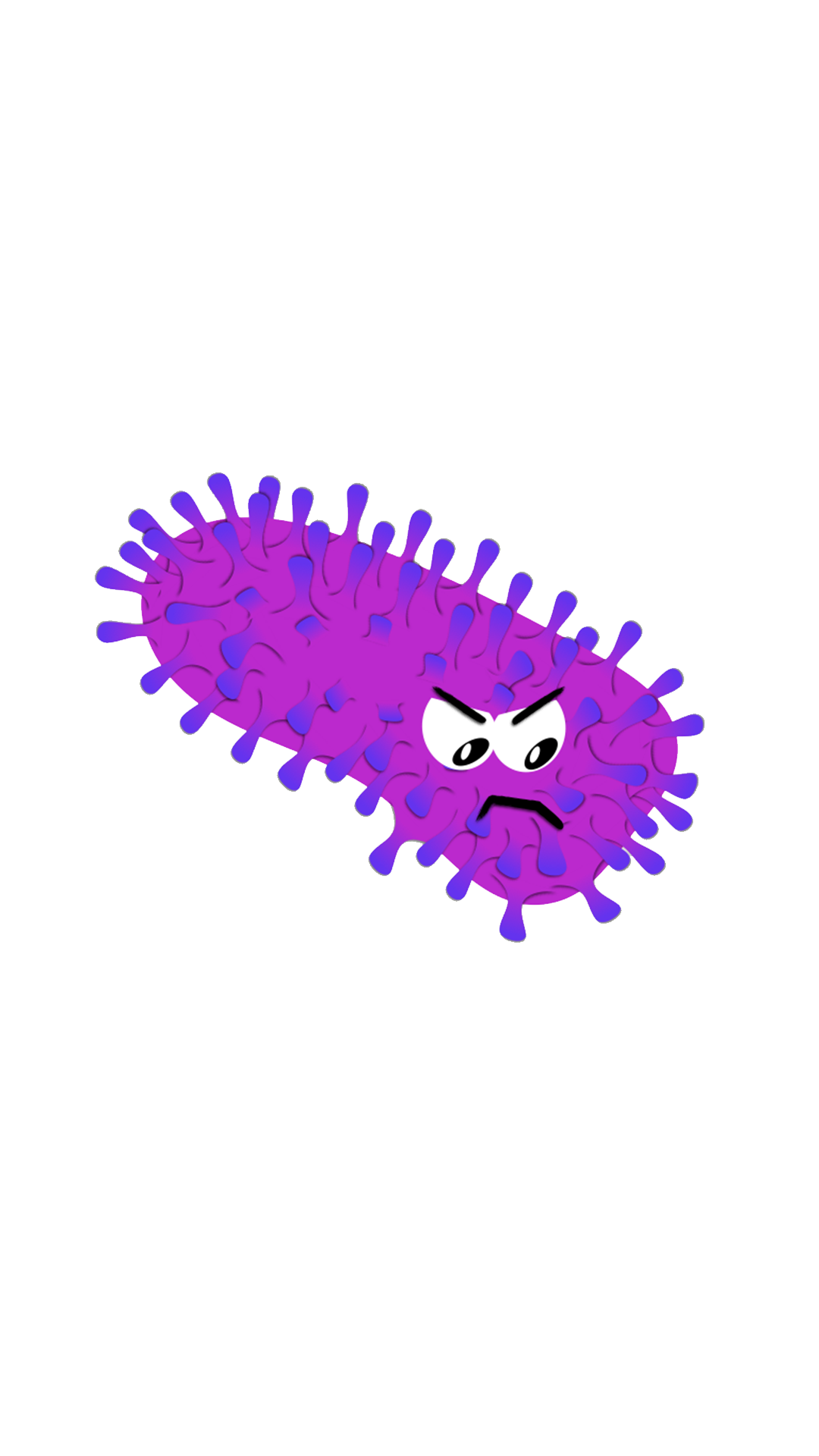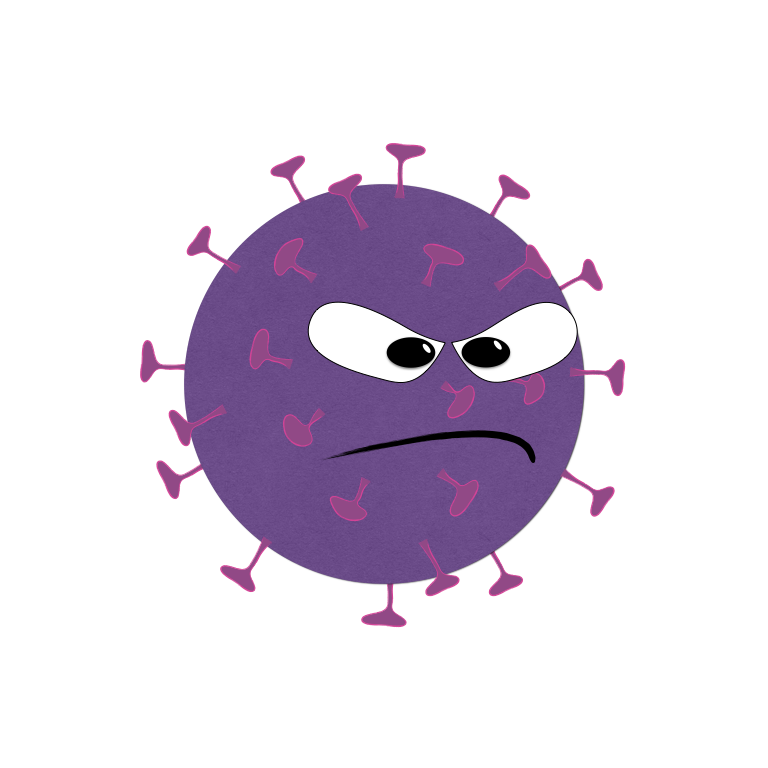Rank-A-Virus Activity
Imagine the Olympics are soon-approaching, and it suddenly becomes clear that there is a new viral outbreak…
How likely would you be to cancel the Olympics for each of the viruses described?
Discuss the situation as a group and place your stickers on the chart paper. Responses will range from least severe (NO WORRY/NBD) at the bottom of the chart to most severe (CANCEL NOW) at the top of the chart.
Virus Ranking Supply Kit

Virus Info Cards
Print on 5×7 cardstock for durability or simply print the PDF with 2 pages/sheet of paper and cut in half. Each group should have one card for each virus.

Virus Stickers
We printed these on clear stickers similar to this, but any sticker, label, or even magnet could work. These could also be printed on paper and moved up or down on a meter stick with a butterfly clip, or moved up and down a strip of paper with a paperclip.

Large paper or similar for arranging the rankings
We used a large sheet from a roll of paper or a sheet of poster paper, but as mentioned above any surface that allows for students to arrange the viruses in an order will work.
Variations & Considerations
This activity is designed to begin to convey the significance of R0, (R-naught) the basic reproduction number of an infection in a population. True R0 assumes a naive population (aka no one has had previous exposure or immunization, so the introduction of COVID-19 is an example of this; unlike something like measles for which almost everyone has been immunized).
To convey the significance of R0 in this way, you may want students to interpret all diseases as if they hit a version of your population but naive to the disease.
OR, you may choose to run it under “real-life” conditions and the discrepancy between their public-health decisions and R0 can be discussed in a more nuanced way. This can also lead into a productive conversation on the role of immunization and herd immunity within a community, and recent outbreaks of measles may provide an interesting further study for such examples.


As you ask the group to visually share their relative rankings, you may choose to have all groups share in one space, allowing for direct comparisons and trends for each virus type (left). Alternatively, you can have each group rank independently to show relative comparisons between viruses within each group (right). Finally, if you have many groups you may want to divide each virus into its own “lane” to keep the data visually sorted for streamlined analysis. There is no right or wrong as long as these graphs can spark an engaged discussion.
Alternatively, you can ask each group to make a more in-depth decision about one viral outbreak and compare decisions between groups with different outbreaks. Here is an example prompt that goes a bit more in-depth for careful consideration of one disease condition:
It’s summer 2020 and the summer Olympics in Japan are approaching. There has recently been an outbreak of the virus that you have been given. Your group is a WHO committee and must decide whether you recommend that the Olympics proceed as planned or be cancelled and/or the location be moved taking into account factors such as transmissibility and duration of infection. You have 3 minutes to make your decision. You need to decide:
1) How high the risk of epidemic is for your virus?
2) Do you recommend that the Olympics proceed?
3) What precautions should be taken if you do intend to proceed.
4) What additional information would you like to have collected?
**Note that the Olympics for 2020 have been officially postponed due to the COVID-19 outbreak. This is only the third time the Olympics have not run as scheduled and the first time that a new date was proposed (as opposed to cancelling outright).
Discussion
Compare the placements of each virus between groups and discuss discrepancies.
In your discussions, consider the following questions:
What factors did you consider when making your decision for each virus?
Were some viruses placed relative to another virus (e.g. virus A seems more scary than virus B) more than based on the information about that specific virus (e.g. virus B can spread quickly in dense groups)?
How does your knowledge of the recent spread of COVID19 affect your decisions?
Introduce R0—the basic reproduction number of the viral infection—as a number representing the number of individuals likely to contract the infection from one infected individual. If this number is greater than 1, then more people will continue to get infected and the disease will spread. Many factors can contribute to this, including for how long an individual is infectious, how easily the virus is transmitted between individuals, whether it is truly airborne, etc. In contrast, if the number is less than 1, then not everyone will get others sick and the disease will eventually die out before spreading through the whole population. Importantly, this is a public health number more than a constant always true of a particular virus. Environmental factors and other considerations can affect the spread of the virus as well.
Why is this the basic reproduction number? What other factors might need to be taken into account to evaluate the threat of an outbreak?
Why doesn’t a super-deadly disease like Ebola have a higher R0? (R0 for Ebola is 2)
References & Attributions
The Rank-A-Virus activity was originally developed by Melissa Jarmel, PhD and Stephanie Sarbanes, at Rockefeller University.
















